How to Fix 0xC10100BF (This File Isn’t Playable)
The error message “This file isn’t playable. 0xC10100BF” appears when a video will not open, even if the file shows a valid thumbnail or file size. Error code 0xC10100BF means that your system cannot read or play the video because the file is corrupted, has the wrong extension, or uses a format that is not supported.
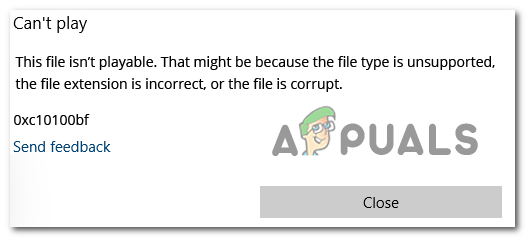
The most common reason for this error is file corruption, which can happen if the download is interrupted or the transfer fails. Sometimes, using an unsupported codec or the wrong file extension can also cause this issue.
In this article, we will discuss different ways to solve this error.
1. Run the Dedicated Troubleshooter
Regardless of whether the problem occurs with Windows Media Player or the Movies & TV app, it is best to first see if Windows can identify and resolve the problem for you automatically.
Several users have reported successful resolution of the 0xc10100BF error after using these dedicated troubleshooters:
- If your issue arises while using Windows Media Player, run the Windows Media Player Troubleshooter.
- If the error appears while using the Movies & TV app, use the Video Playback Troubleshooter.
1.1. Run the Windows Media Player Troubleshooter
- Press Windows key + R to open the Run dialog box. Type ‘control’ and press Enter to open the classic Control Panel interface.

Accessing the classic Control Panel interface - In the Control Panel, use the search bar in the upper-right corner to type ‘troubleshooting’ and press Enter. From the search results, click on Troubleshooting.
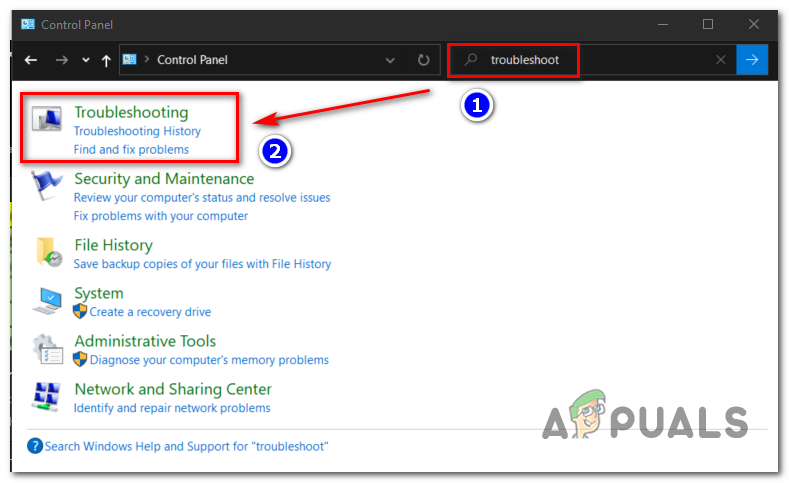
Accessing the classic troubleshooting menu - Within the Troubleshooting window, click on View All in the left pane to display all available troubleshooters.
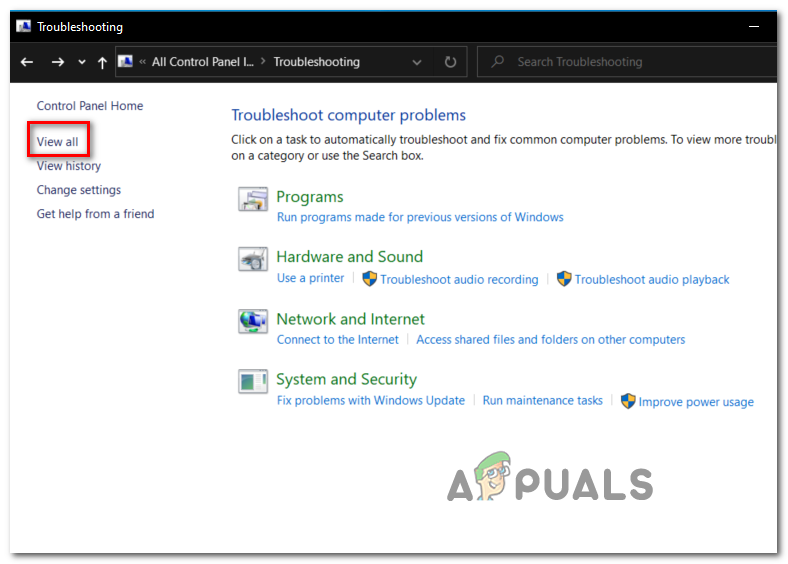
Viewing all available troubleshooters - From the list that appears, select Windows Media Player Settings.
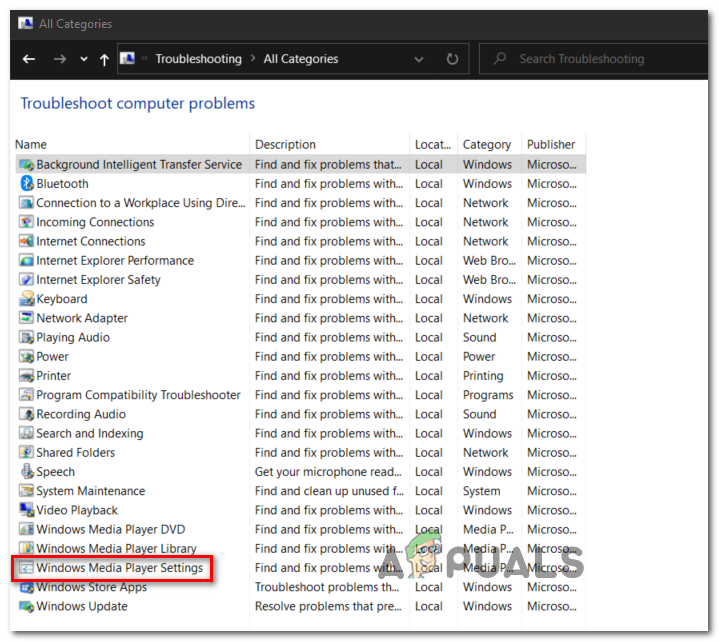
Accessing the Windows Media Player settings - When the troubleshooter opens, click Advanced and ensure that the Apply repairs automatically box is checked.
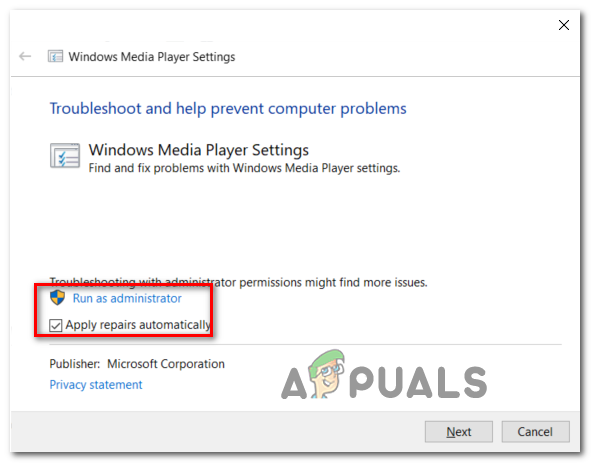
Applying repairs automatically Note: If a Run as administrator link is available, click it to grant the troubleshooter elevated permissions.
- Click Next to begin scanning for issues. Wait for the process to finish.
- If the troubleshooter suggests a fix, click Apply this fix.

Applying the fix for Windows Media Player Settings Note: You may be prompted to follow additional on-screen instructions to complete the repair.
- After troubleshooting is complete, restart your computer and check if the issue has been resolved.
1.2. Run the Video Playback Troubleshooter
- Press Windows key + R to open the Run dialog box. Type ‘ms-settings:troubleshoot’ and press Enter to open the Troubleshooting section of the Settings app.
- Within the Troubleshooting window, scroll down to Find and fix other problems. Click on Video Playback, then select Run the troubleshooter when it appears.
- Allow the troubleshooter to scan for problems. If it finds any, you will be presented with repair options. Select Apply this fix if prompted.
- Once the troubleshooting process is complete, restart your device and check if the error code persists.
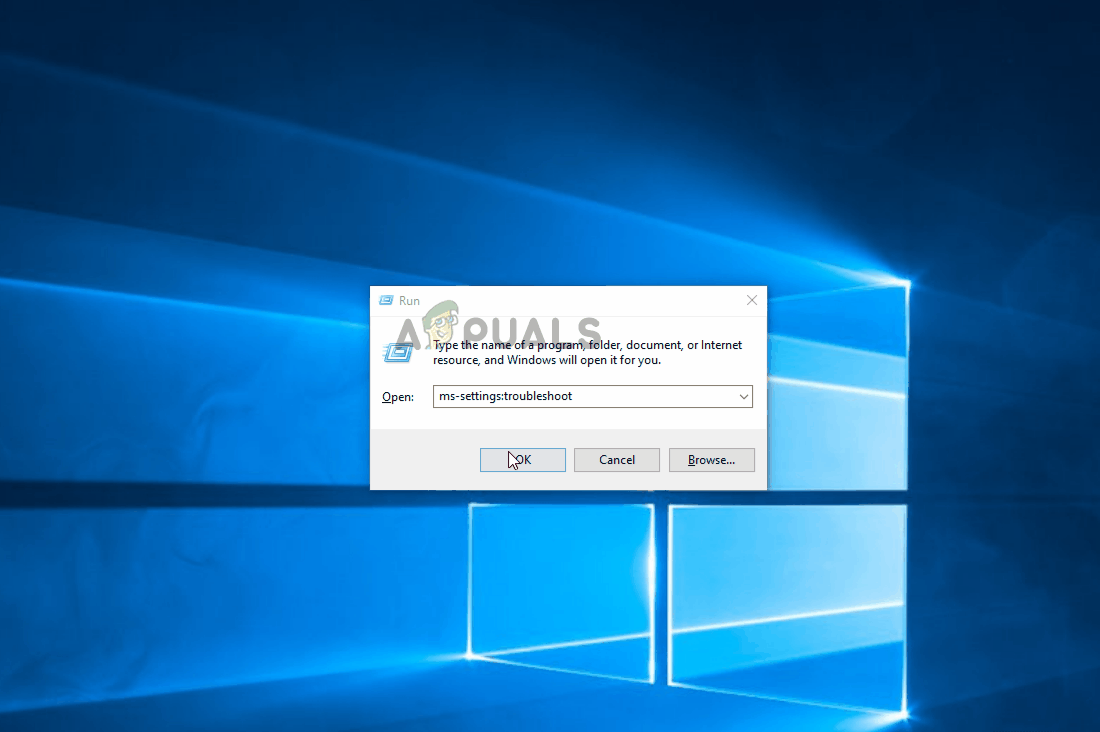
2. Reinstall the Problematic App
If the built-in troubleshooters were unable to resolve the issue, the next step is to reinstall or reset the affected application. The steps differ depending on whether you experience the error with Windows Media Player or the Movies & TV app.
If you see the 0xc10100BF error when using Windows Media Player, follow sub-guide A. If it appears in the Movies & TV app, use sub-guide B.
2.1. Reinstall Windows Media Player
- Press Windows key + R to open the Run dialog box. Type ‘optionalfeatures.exe’ and press Enter to open the Windows Features window.
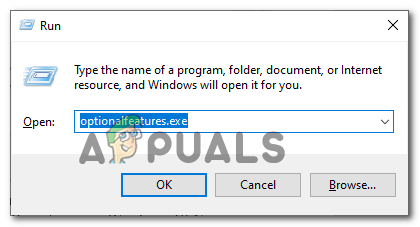
Opening the Windows Features screen - Scroll down and expand the Media Features section. Uncheck the box next to Windows Media Player, then click OK to apply the change. This will uninstall Windows Media Player.
- Restart your computer.
- After your PC restarts, open Windows Features again by repeating steps 1 and 2, but this time re-enable Windows Media Player by checking the box and clicking OK.
- Attempt to play the affected video file to see if the issue has been resolved.
2.2. Reset the Movies & TV App
- Press Windows key + R to open the Run dialog box. Type ‘ms-settings:appsfeatures’ and press Enter to access the Apps & Features section of the Settings app.
- Find the Movies & TV app in the list of installed applications.
- Click on the app’s entry, then select Advanced Options beneath the app’s name.
- In the Advanced Options menu, scroll down to the Reset section and click Reset.
- Confirm your choice when prompted. This will reset the app to its default state, potentially fixing any corrupted files or settings.
- Restart your computer, then check if the problem is resolved.
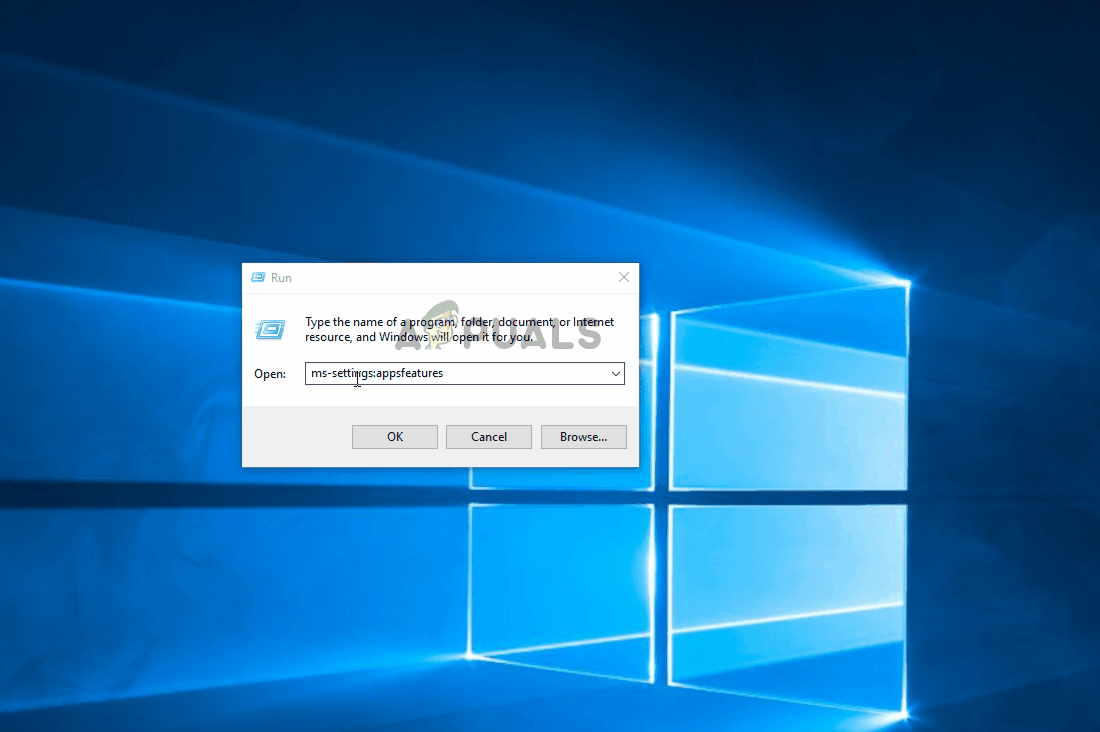
Resetting the Movies & TV app
3. Redownload Potentially Corrupted Files
If you encounter this problem specifically with files downloaded from the internet, file corruption may be responsible. This scenario typically occurs due to incomplete downloads or if your antivirus software prematurely terminated the download, leaving the file incomplete.
To resolve this, simply re-download the affected file, ensuring a stable internet connection and no interruptions during the process. Temporarily disabling your antivirus software’s real-time protection can also help in case it is interfering with downloads.
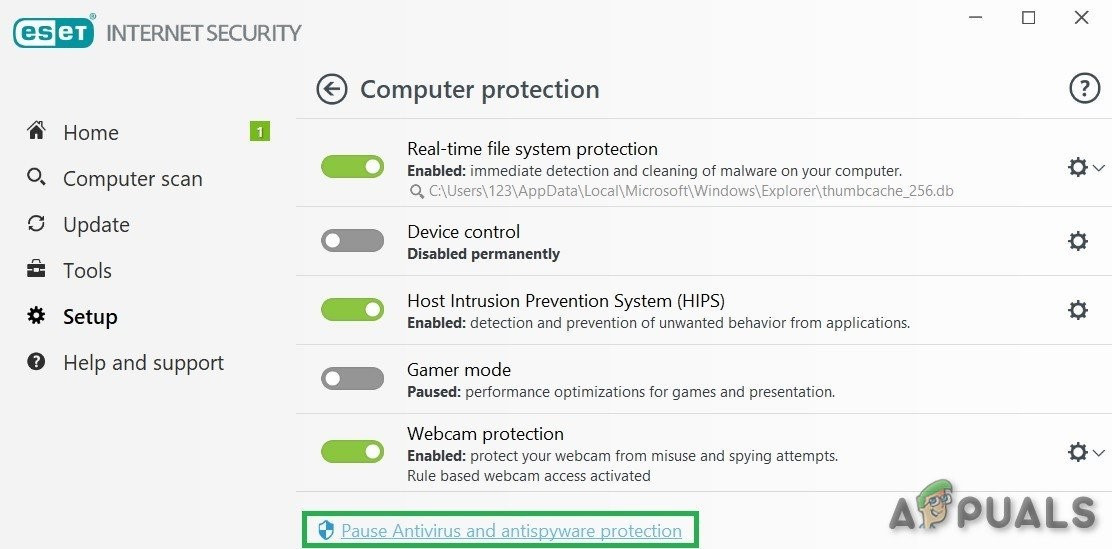
Note: Some users have reported success by downloading files onto an external hard drive first and then playing them from there.
4. Use a Different USB Drive (if applicable)
If the error only surfaces when playing .MP4 files from a USB flash drive, your device could be defective—especially if formatting the drive has not resolved the issue in the past.
This may indicate that your USB drive contains bad sectors that prevent files from being read correctly. In such cases, formatting may not help. Try using a different USB drive or transfer the files directly to your computer’s HDD or SSD to test if the issue persists.
5. Use VLC Media Player
If all previous solutions have failed and you are still seeing the 0xc10100BF (This file isn’t playable) error in Windows Media Player or the Movies & TV app, it is time to try a reliable third-party solution.
VLC Media Player, a free and widely trusted tool, is capable of playing nearly any type of video file, including many that are corrupted or partially downloaded.
- Visit the official VLC Media Player download page using your web browser. Click the Download VLC button to get the most recent version.
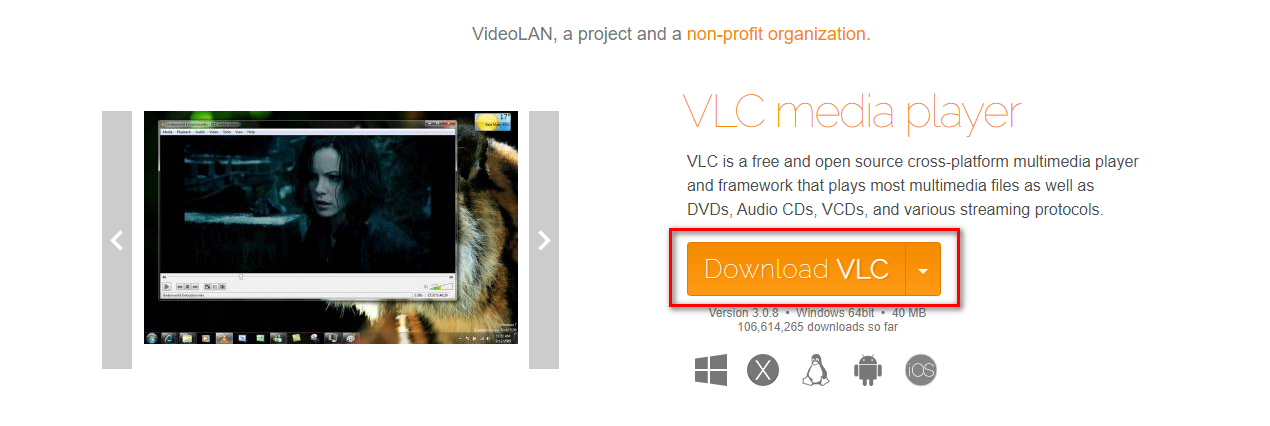
Downloading the latest VLC build - Once the download completes, double-click the installer and follow the on-screen instructions to finish the installation process. Approve the User Account Control prompt if requested.
- After installing VLC, attempt to play the problematic file. VLC’s robust playback capabilities often resolve issues that affect other media players.
By following these steps, you should be able to efficiently identify and resolve the root causes of the 0xc10100BF error code, restoring smooth video playback on your Windows 10 system.




